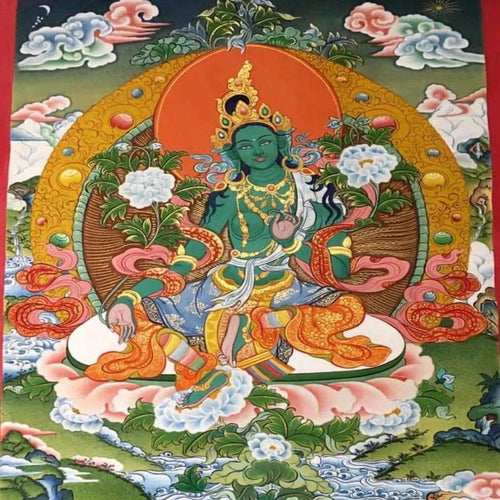 Thangka Art
Thangka Art


Made To Order